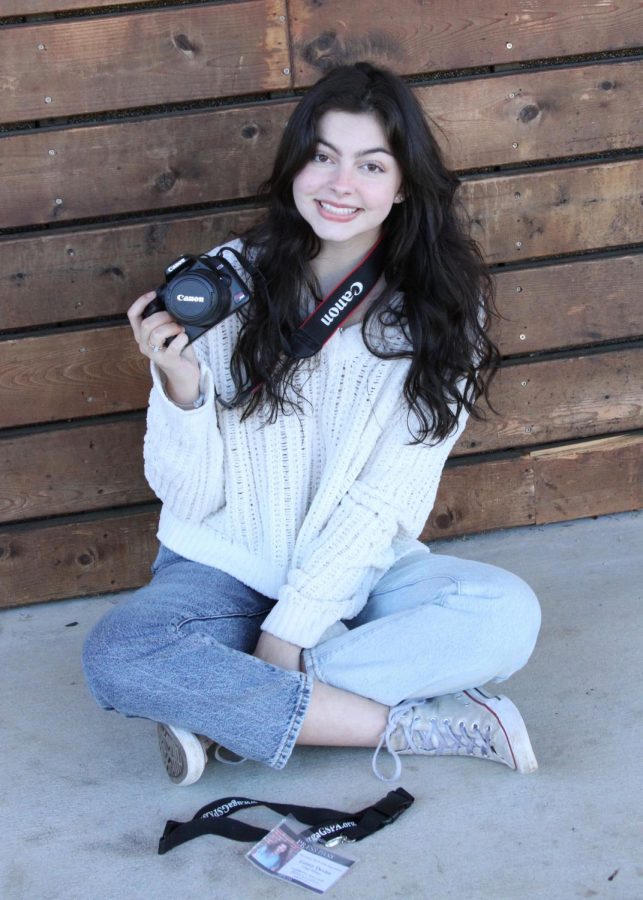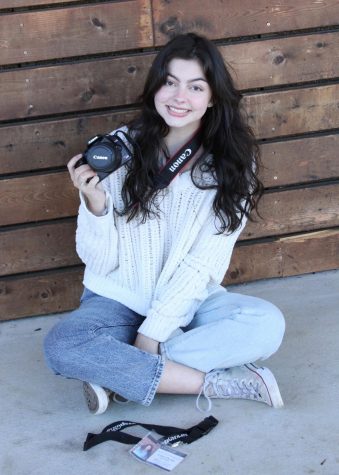Accountability but not justice
Lainey Devlin
May 13, 2021
On Tuesday, April 20, former Officer Derick Chuavin faced conviction on all three counts after the jury found him guilty of second degree murder, third degree murder, and second degree manslaughter. As he anxiously awaits his sentencing, his defense has already called for an appeal of the verdict and a new trial due to the public nature of Chauvin’s case. Chauvin, escorted out of the courtroom in handcuffs, showcased a rare moment of accountability for a member of the U.S. police force. The court should try the other three officers on the scene come August, with America holding its breath anticipating the verdict.
While his conviction called for celebration in the streets, Chauvin’s newfound accountability for his actions does little to provide justice to the hundreds of other families of victims of police brutality. Between 2014 and 2020, police have killed at least 7680 people, so despite the action taken in George Floyd’s case, true justice may never come to fruition for all of those affected. However, had the public outcry for justice not reached the heights it did, the George Floyd case most likely would have also served no justice.
“This moment didn’t happen because the system worked, this moment happened because the people put in the work. We had to demand justice and accountability,” civil rights lawyer Nekima Levy Armstrong said.
Despite the verdict in the Chauvin case, police brutality crimes have not stopped. Adam Toledo, a 13 year old latino boy from Chicago lost his life when an officer from his local police department shot him. Adam ran from the police but dropped his gun and turned around with his hands up at the time that Officer Eric E. Stillman shot him. Officer Eric E. Stillman killed the seventh grader with a shot straight to the chest. The quick moving body cam footage shows a dramatic chase, followed by the most intense moments compressed into mere seconds. Officer Stillman yells for Adam to stop running, and as Adam does and turns around peacefully, he receives a gun shot straight to his chest. Officer Stillman tries to perform CPR on Adam and the audience hears him begging the boy to “stay with me,” but unfortunately the gunshot proved fatal. Officer Stillman’s lawyer continues to say that the shooting, while tragic, justified itself given the situation and the administrative department of the Chicago P.D. placed Officer Stillman on administrative duties for a mere 30 days. The Chicago PD exchanged a seventh grader’s life for 30 days of answering phones as opposed to field work.
Following Adam’s unfortunate death, a suburban Minnesota police officer, Kim Potter, shot a black man named Daunte Wright after stopping him for a traffic stop. Upon seeing the air fresheners in his window, Potter became suspicious and noticed an outstanding warrant on his record; she immediately attempted to arrest him for it. Daunte Wright tried to get back in his car and Potter shot him. She claims that she reached for her taser and she surprised herself when she fired her gun. The public outcry opposing her claims cites the fact that officers always keep their guns on their dominant hand side, and their tasers on their non-dominant side. Potter, an officer for 26 years, had kept her taser and gun on their individual sides and in that moment switched them. Since then, Potter resigned from her position and awaits justice via the legal system.
These two cases prove that while Dereck Chauvin’s case held him accountable for the murder of George Floyd. The US needs to heal from the lack of justice in the police system and the systematic racism found in everyday life. While it shows as a sign of progress, accountability does not equal justice.




